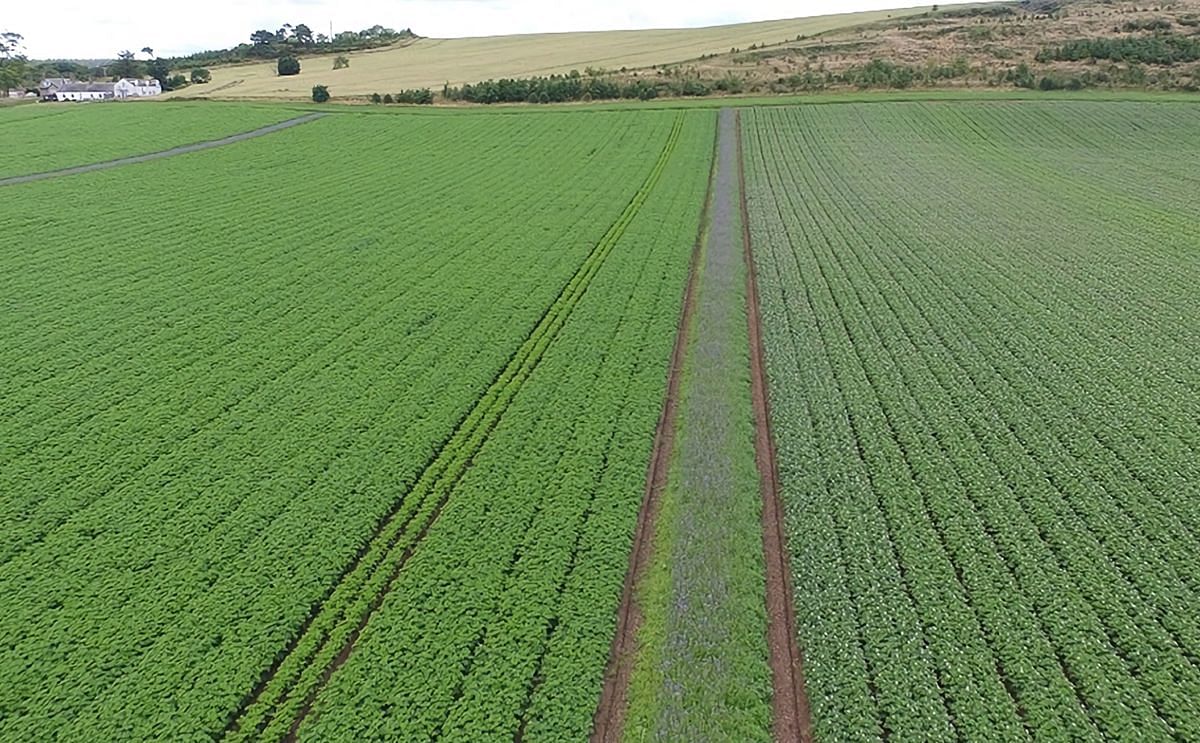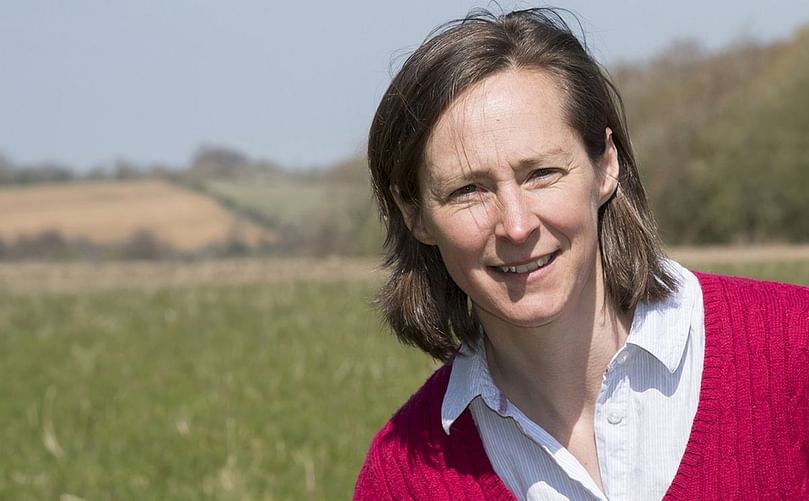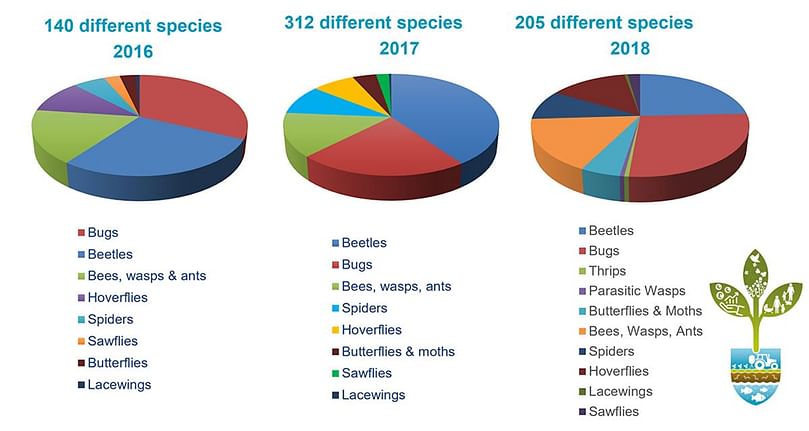Green Headlands boost soil health and fertility
Green Headlands around potato fields boost soil health and fertility

Planting a Green Headland on uncropped areas around potato and field vegetable crops can capture nutrients worth £200/ha over the growing season.
That will not only help the following crop, but importantly retain those nutrients in the field and minimise environmental losses, according to Syngenta Environmental Initiatives Manager, Belinda Bailey.

Belinda Bailey, Syngenta Environmental Initiatives Manager
"As we move towards a new payments system that will be orientated towards protecting and enhancing environmental assets, growers will need to look at techniques that can be economically and agronomically integrated into their farming systems."She cited the Green Headlands initiative, set up as part of Syngenta Operation Pollinator, as an example that delivered on environmental enrichment to support biodiversity, along with providing agronomic benefits from improved soil structure and health.
Research into the Green Headland mix growing on commercial farms showed it produced 25 to 36 t/ha of green manure, along with the organic matter from the deep rooting. The green material nutrient recycling was analysed at up to 106 kg/ha of N; 33 kg/ha of P and 172 kg/ha of K.
New results on the project from the GWCT, looking at Green Headland mix sown on waterlogged headlands around cereal fields left damaged and unplanted after the disastrous autumn campaign of 2019, had shown 50% of soil mineral N had been successfully captured in plant biomass, she reported.
Belinda Bailey:
"The Green Headland seed mixes available through the initiative have been selected to be easy to establish and maintain alongside the growing crop."The standard Green Headland mix contains oil radish; phacelia; common vetch, buckwheat and berseem clover. A non-brassica option replaces the oil radish with linseed and crimson clover. Both mixes were created and supplied by Kings Crops and available to growers at a subsidised cost through the Syngenta initiative.
"The mixed depth of rooting from different species improves rainwater penetration to avoid run-off, whilst helping with the soil structure that will return the field margin in a better state, compared to uncropped headlands."

Number of species collected
Intensive monitoring of the margins has shown the Green Headlands are the preferred habitat for pollinators and many beneficial predators, such as hoverflies and lacewings, compared to grass margins that are favoured by spiders and ground beetles.
Belinda Bailey:
"Research has shown there is potential for the Green Headlands to offer a net gain in reducing pest and virus disease issues in the crop, as part of an Integrated Pest Management strategy."
"Further work for the coming seasons will investigate how that could be best incorporated within the viability of crop production and the emerging details of the new Sustainable Farming Initiative."
Like to receive news like this by email? Join and Subscribe!
Get the latest potato industry news straight to your WhatsApp. Join the PotatoPro WhatsApp Community!
Uitgelichte Bedrijven
Sponsored Content
Sponsored Content
Sponsored Content
Sponsored Content







